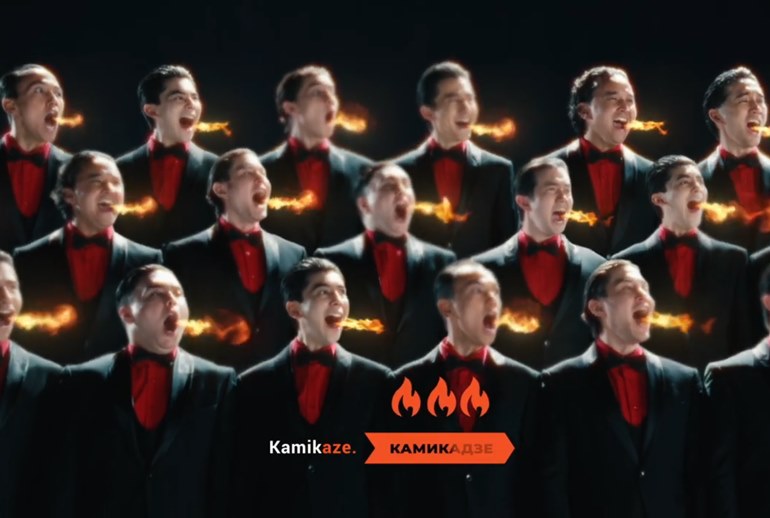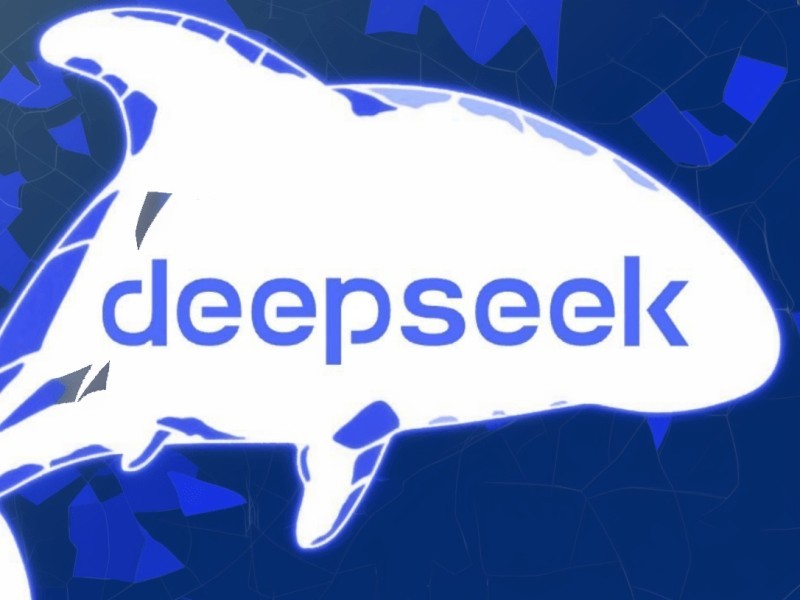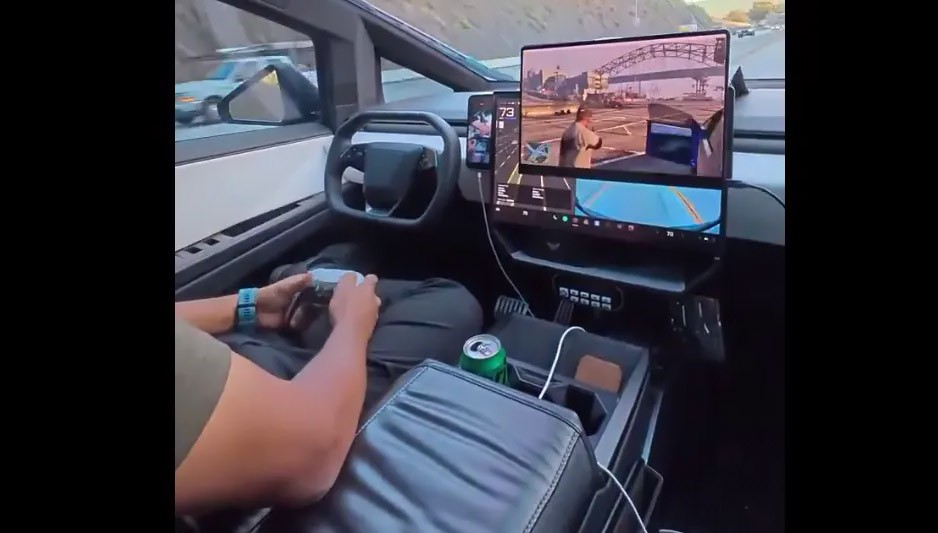Tesla confirms its technological leadership in the autonomous driving segment, focusing exclusively on cameras and machine vision. The idea, which was previously criticized, proved its validity in practice and proved to be more stable in real-world traffic conditions than hybrid solutions using lidars.
Earlier, Elon Musk repeatedly stated the ineffectiveness of lidars-laser rangefinders used to build a map of the space around the car. Six years ago, he called this equipment a "fool's errand" and argued that you need to rely solely on cameras combined with powerful software and high-precision neural networks. At that time, such statements were perceived as radical and controversial, but today Tesla's positions are confirmed in industry practice.
As part of recent tests of driver assistance systems (ADAS) in China, the Tesla FSD, which runs exclusively on machine vision, surpassed the stability and accuracy of all systems using lidar or sensor combinations. The test results showed that alternative solutions with lidar were more likely to encounter situations in which the car lost orientation on the road, blocked traffic or made potentially dangerous maneuvers.
A number of Chinese automakers-in particular Baidu and Xpeng-have already begun switching to a strategy similar to Tesla. Baidu CEO Robin Li confirmed the company's policy of using only cameras, and Xpeng announced the beginning of a large-scale implementation of a similar computer vision architecture.
Tesla's philosophy is based on the belief that the reliability of unmanned systems depends not on the number of sensors, but on the level of development of artificial intelligence, data processing, and the quality of neural network training. The use of cameras can not only simplify the design of the car, but also reduce the cost of autonomous driving systems without compromising safety and accuracy.
Against this background, companies that continue to rely on lidar are at risk of being vulnerable. Musk once again emphasizes that with the rapid development of AI, the ability to adapt software and scale model training is becoming a key factor in automakers ' competitiveness in the autonomous transport market.











